

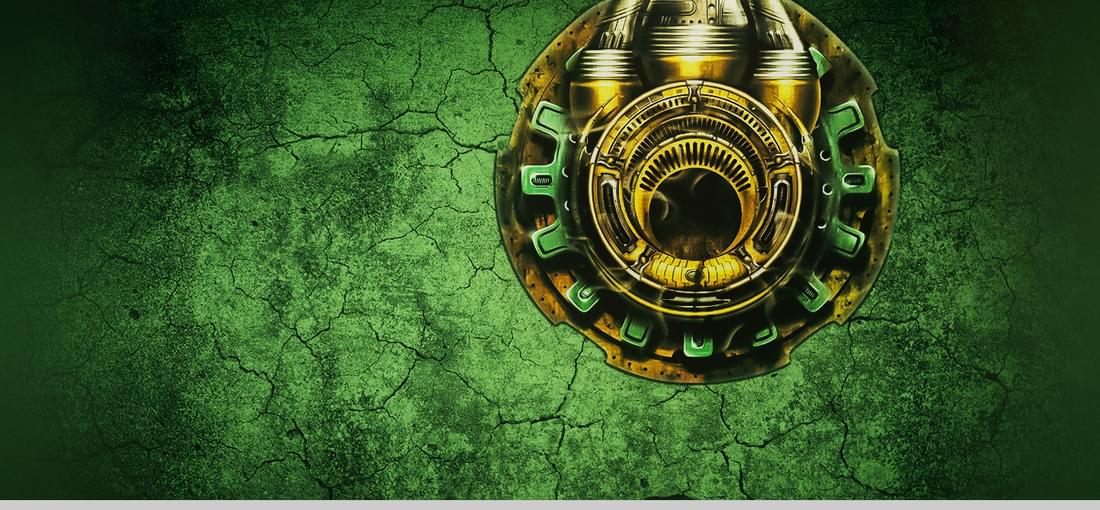
When it released back in 1996, Strife got squeezed between Duke Nukem 3D and Quake, the latter of which in particular instantly made Strife, which still was running on the trusty old Doom engine, look outdated. Beyond the surface, however, Strife is more advanced than either of these games. Not only is there an inventory, but also side quests, dialogues with voiced NPCs, stealth elements, different ammunition types, and even a branching storyline with multiple endings. Some may dislike that the story leaves many questions unanswered, but I would argue this actually adds to its appeal. At the same time, Strife still retains the core gameplay loop that made Doom so engaging, consisting of fluid and fast movement, responsive shooting, and a nicely varied arsenal of weapons to use. In terms of level design, Strife for the most part avoids key hunting in maze-like environments, and instead approaches the level design typical of late 90s FPS. Whereas Doom's levels were mostly abstract, Strife manages to create an imaginative yet believable world, filled with objects whose level of detail rivals that of Build engine games. I am genuinely impressed by how vast yet detailed some of the environments are. When it comes to the remaster itself, Nightdive did an excellent job as always. Many of the dead ends and bugs of the original were fixed, and while purists may not like the objective markers, they are very helpful for first-time players. The game runs and looks great, and the excellent soundtrack is reproduced perfectly. In short, Strife is well worth playing for anyone with a knack for FPS games, and manages to still feel fresh today.
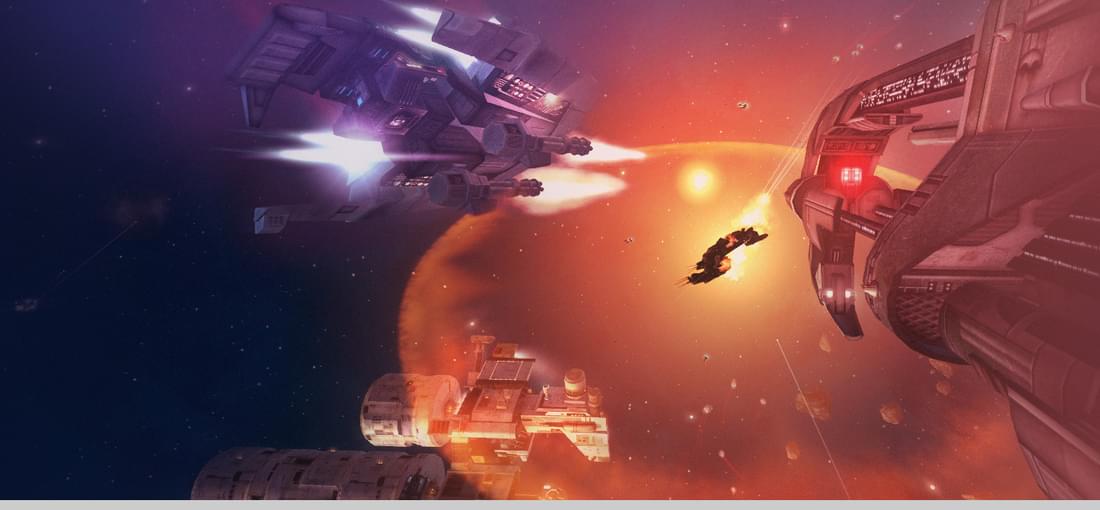
First of all, if you're not familiar with the first Star Wolves at least, forget about this game. The developers expect the player to have a firm grasp of the game mechanics, as the difficulty ramps up tremendously after the first couple of hours. The main issue is that the game is both very linear yet open-world. There is an on-rails main story, which takes you from place to place in a fairly stringent fashion. At the same time, the game expects you to farm XP and loot in between those missions, as otherwise you'll soon be met with overwhelming odds during the main storyline. Essentially, you're supposed to be rocking end-game weapons and perks about two thirds into the game, and if you don't, you're pretty much at a dead end. Accordingly, you'll be wasting a lot of time looking for hidden caches (which give you end-game gear for free) and shooting pirates, just to become strong enough to survive the main missions. Without that padding, SW 3 would be a very short game. Pacing is all over the place: While you start with tier 1 fighters, you need to ditch those ASAP lest you get pulverized by one of the many poorly balanced encounters. Unlike in the first game, difficulty is all over the place, and some of the RPG dialogue choices will pit you against entirely insurmountable enemies. Furthermore, if you don't do EXACTLY as you're told, you'll often be greeted by a game over screen or your ship randomly exploding. There may be different story branches, but within those, everything is on rails. Compared to the first Star Wolves, the combat engine has gotten worse. Ships and weapons have been rebalanced, resulting in your ships randomly going from full shields and armor to destruction in a matter of five seconds. Perk trees are the same for almost all pilots, abilities are almost exclusively of the damage-dealing variety, and the lack of voice acting makes it difficult to build a relationship with the pilots. Lastly, the story ending is a total letdown. Skip this.
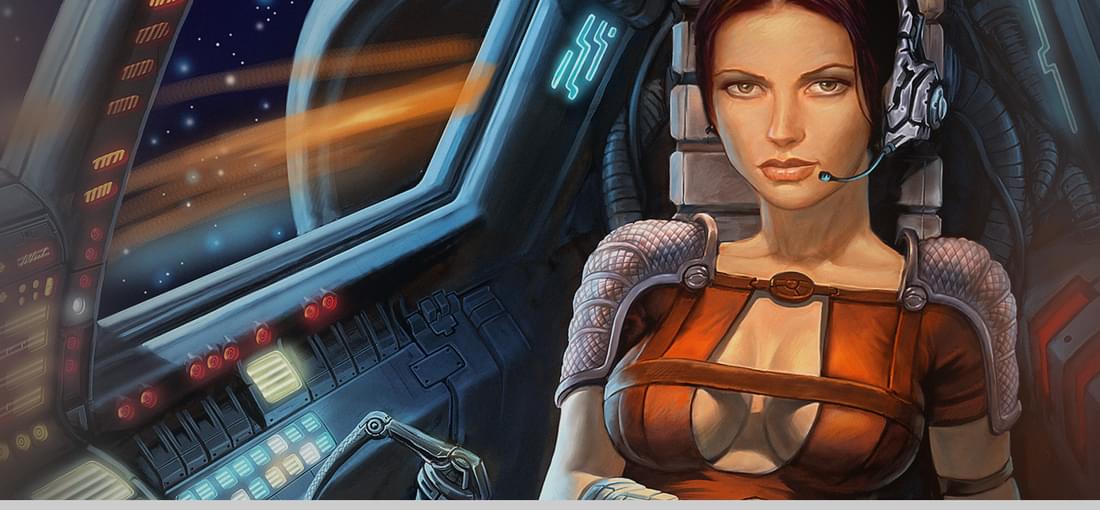
I'll have to admit, first time I was playing Star Wolves I gave up after two hours. I didn't understand how to loot stuff, what the purpose of the mothership is, there were poor grammar and voice acting everywhere, and missions seemed generic. However, I gave it a second chance, and can say with confidence that I don't regret doing so. Before playing, some hoops need to be jumped through. For widescreen resolutions one has to edit a config file. Furthermore, the exe has to be set to Win 98 compatibility mode, otherwise ships simply won't attack. Lastly, lowering mouse polling rate to 500 Hz or less is recommended. With these things in place, Star Wolves finally is able to shine. What sets this game apart from others is its excellent combat engine. Even against seemingly overwhelming odds, every encounter is beatable by assigning the correct targets in the correct order, utilizing abilities, and adjusting wing composition. The tactical choices are complemented by strategical choices made before each mission, about what type of weapons, fighters, and systems are equipped. Furthermore, each of the up to six pilots has a perk tree, which also has a great effect on how that pilot can and should be used. The game takes weapon range, accuracy perks, weapon type, and many other parameters into account when simulating encounters, and even minute changes to perks or weapons have an immediately observable impact. In short, the game has a highly addicting gameplay loop, which is good enough to where I forget about the unresponsive UI, at times crushing difficulty, poor translation, and the certain degree of randomness that is present in battles nonetheless. With its unique mix of RTS and RPG, there is still no other game quite like Star Wolves to this day. And though not exactly great, the music is surprisingly memorable and catchy, too. Star Wolves: well worth a try at least.
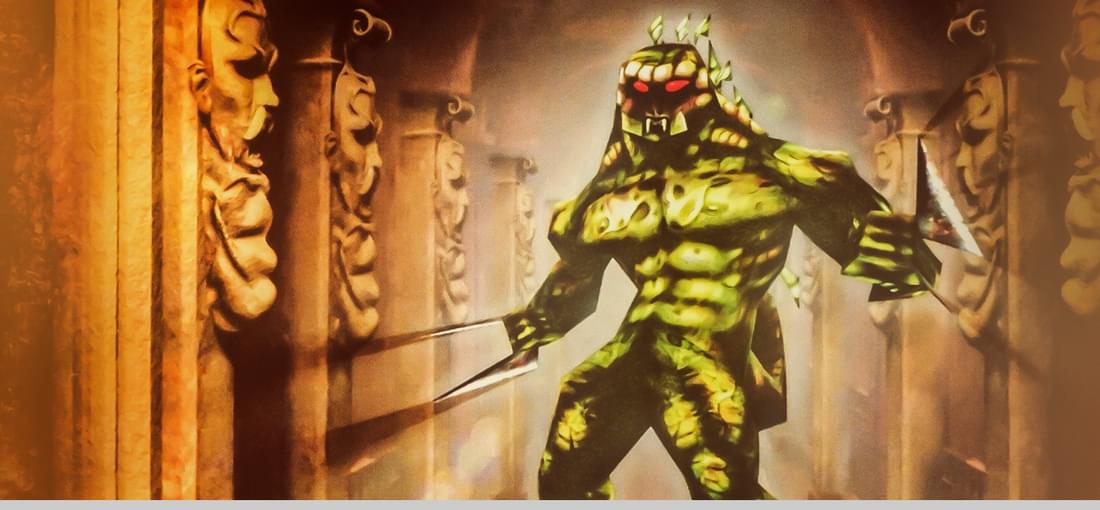

First of all, some words of advice on how to enjoy this game to its fullest. While there are various decent to excellent renderers available, I suggest using the OpenGL one included with the latest OldUnreal patch due to being the fastest, most stable, and most accurate renderer. After applying that one, make sure to go into the advanced graphics options, which will open a menu outside of the game. There, disable multitexturing to restore the original and intended look of the game, and lower gamma a bit. Lastly, go into the regular input options and enable raw input while leaving the other settings alone. Otherwise, mouse input will feel horrendous. Having done that, Unreal will play even better than it did in 1998. Owing to its moody lighting, imaginative architecture, and surprisingly sharp textures, Unreal's looks have aged remarkably well, unlike many of its contemporary peers. Most importantly, Unreal is very successful in transporting the player into an entirely alien world. You're stranded, and there are no waypoints or objectives guarding your way. Aside from the occasional logs left behind by even less fortunate souls, the narrative is provided by the environment, which is simultaneously eerily beautiful and shockingly hostile to an outsider like you. The atmosphere is further enriched by the stellar soundtrack, which adds another layer of subtle narration. The arsenal of weapons you eventually obtain is both varied and desperately needed, as many enemies are highly agile, dodging your shots with ease, and intelligent enough to go on a retreat or feign their death. Throughout the entire campaign, there is not a single dull or boring moment, and the game successfully keeps one hooked all the way to the end. While the expansion is still good, it doesn't hold a candle to the genius that is Unreal. Still, even a lesser Unreal is more enthralling than the vast majority of other FPS. Do yourself an enormous favor and get this game.
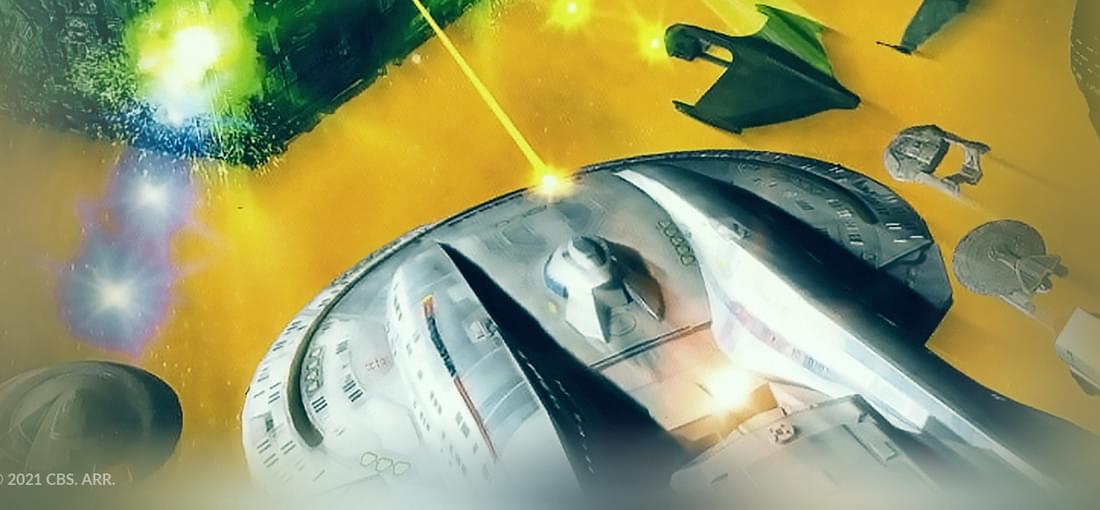
Despite having been released 22 years ago, Armada is still easily the best Star Trek RTS there is. First and foremost, you can tell that it is made by people who know and love their Star Trek. All the characters from the show are voiced by their real-life actors (including Patrick Stewart), and even some famous lines from the show or movies, such as 'Sir, it's the ENTERPRISE!' from First Contact, make an appearance. Having seen the entirety of TNG, DS9, and the TNG movies certainly helps when it comes to understanding all of the numerous references. In addition to that, and in sharp contrast to Armada II, the gameplay is (mostly) compatible with Star Trek canon. While Armada II often has you command upwards of 60 Sovereign-class vessels, Armada features smaller fleets of more durable ships. The shields act as the health bar, which too is largely in line with Star Trek canon. Like in actual Trek, the ships in Armada can take a beating, whereas an Akira-class vessel gets one-shotted by a starbase in Armada II. The only criticism one could come up with is that the gameplay isn't exactly deep or complex. 90% of the missions are beaten by simply producing a double-digit number of the most powerful ship available and sending them towards the enemy base. The missions that are an exception to this rule are easily the most fun ones. Armada is not a challenging game, and since there are only 20 missions in total, the game can be beaten in less than 15 hours. As for the version here on GOG, I'm honestly impressed. GOG's custom DirectDraw wrapper works perfectly, and aside from the rough transition between the menus and 3D engine, it plays just like it did in 2000. There are two missions suffering from a critical bug that may result in a no-win condition, but these have been around since 2000 and can be dealt with by using the level skip cheat. Overall, while not a must-buy for people not infatuated with Star Trek, Armada most definitely is one for those who are.
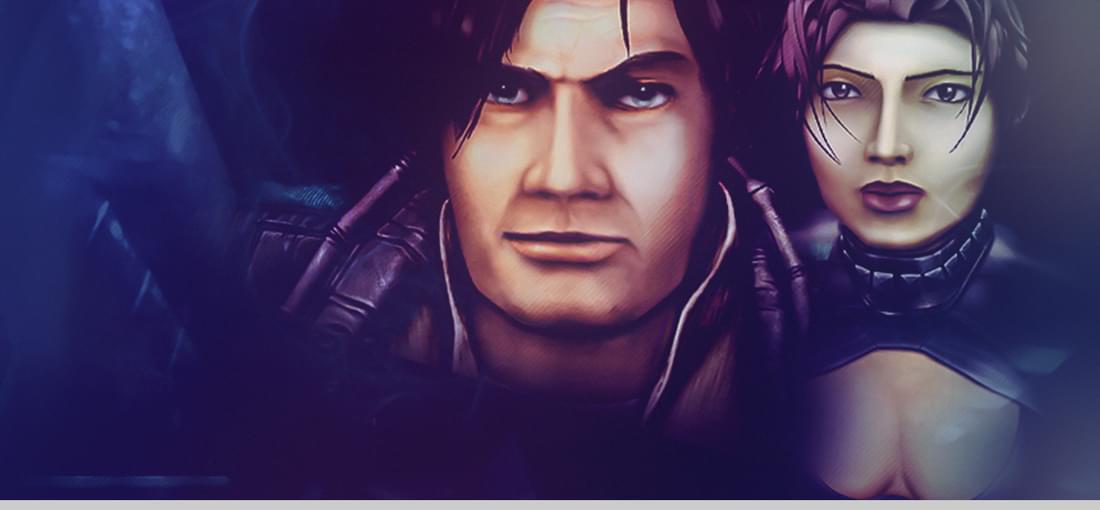
Anachronox is a difficult game to rate. I really like the world, the characters, the music, the voice acting, and even the graphics. In terms of style and tone, there really isn't anything quite like Anachronox. Everything feels odd and otherwildly, yet still familiar at the same time. Most importantly, you can feel that the developers poured their heart and soul into this game. As a result, Anachronox is entirely devoid of the generic 'content' you tend to find in games these days. And yet, I stopped playing after roughly ten hours. The reason for this is simple: It's all so tedious. Essentially, the gameplay comes down to running around, randomly talking to people until you find the right one, then continue running around and talk more. To be fair, 'talking' may not even be the right word. Instead, you'll listen, as you only get to choose between replies very rarely. The writing itself tries a bit too hard to be witty and funny, which hurts immersion. I like quirkiness, but it shouldn't be forced. In Anachronox, everyone appears to be 'out there', which gets old after a while. The more pressing issue is the fact that beyond talking (listening) and running around, there is very little meat to this game. The combat is dreadfully slow and boring, only made bearable by pressing the fast forward button all the time. Progression comes down to finding the right objects and people, and then figuring out what to do with them. After ten hours, I've felt like I've seen it all, and found myself majorly bored. The only thing that kept enticing me is the world, but that's simply not enough. Overall, I think this game is worth trying regardless. It's an odd gem, and the version here on GOG worked flawlessly on my system. I've used a widescreen patch from PCGW, which too worked just fine.
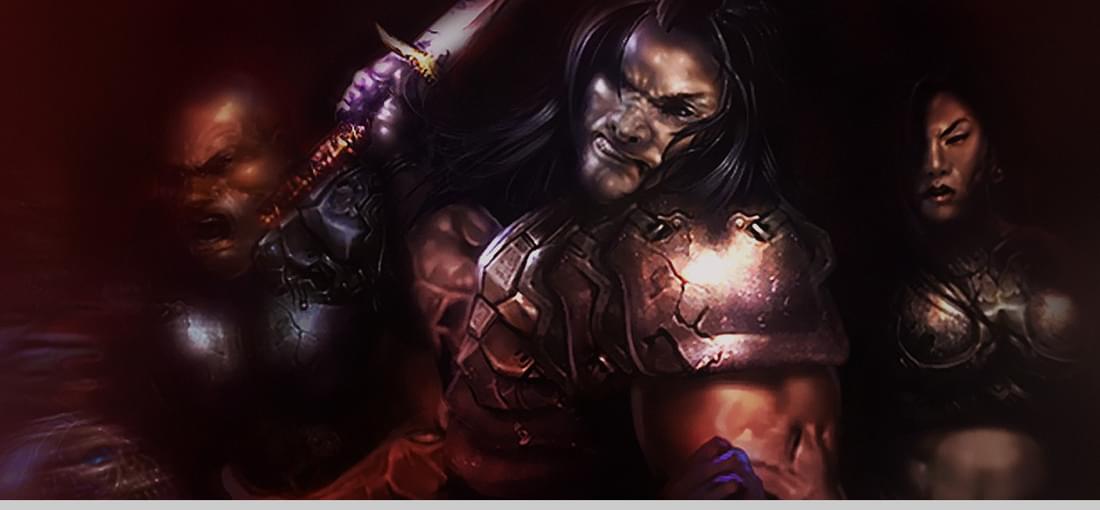
Recently, there has been a wave of people arguing that the 1.3 fan patch established Daikatana as an unfairly panned masterpiece in disguise. This couldn't be further from the truth. The patch merely makes the game *playable*, but does nothing to prevent it from still being utter crap. While the patch enables one to play without sidekicks, which is by far the best choice from a gameplay perspective, you'll be scratching your head through the entire game given that it's clearly intended to be played with sidekicks. Unfortunately, doing so is a horrible experience, for three reasons. Call them the triple threat of bad design. (1) The game is full of doors that immediately shut behind you and cannot be opened again. Real fun if your sidekicks are still standing behind it. The only way to handle this is by saving every time you're about to go through a door. Ridiculous. (2) Due to the outdated engine, there are level transitions with loading screens every two minutes. To progress, you're required to have your sidekicks nearby. Have fun scouting the level for several minutes to find your low IQ sidekicks that got stuck somewhere. (3) The sidekicks really love walking into your line of fire, especially when you handle explosives. Awesome design, John. In a way, you get the impression nobody told the level designers during development that there will be sidekicks in the game. The difficulty progression is also all over the place. First episode is the hardest, from there it gets easier and easier. Most of the weapons are useless, you only ever need two or three of them at any point. The only saving graces are the fluid movement (nothing like Q2, thank) and the fact that some of the environments are reminiscent of other, better FPS such as Unreal and Hexen II. I'd suggest playing those instead of this crapfest. Save your time and money.
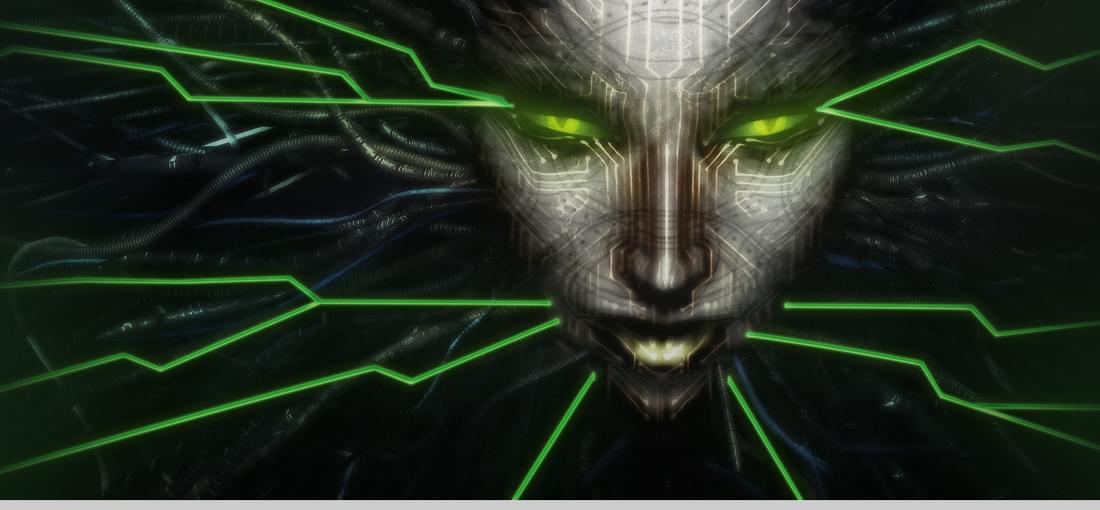

While I did play Deus Ex back in 2000, I somehow managed to dodge System Shock 2 until today. Accordingly, I'm rating the game as a first-time player in 2022, which isn't easy to do. On the one hand, it is clear that the game introduced several novel and innovative elements back in 1999, and laid the groundwork for many gameplay concepts taken for granted these days. On the other hand, just half a year later Deus Ex released, and beat SS2 at its own game. Unlike the protagonist in SS2, JC Denton not only can talk, he also has agency. Meanwhile, in SS2, you have no choice but to do as you're told, even well knowing that you're essentially doing the bidding of a murderous rogue AI. There is exactly a single moment in the entire game where you're allowed to disobey, and it is about the most meaningless choice one could think of. From a narrative standpoint, SS2 feels very static and dated. While the atmosphere is rich, the level design varied and believable, and the voice acting excellent throughout, the gameplay itself is very basic. Essentially, you're running through the levels for 15 hours, pick up stuff, and kill the occasional enemy. Combat is incredibly basic and, contrary to what many people suggest, the challenge isn't really there. Provided you're using the 'correct' build, you'll never run low on resources, and the enemies are way too dumb to pose any threat. I've found myself quite bored by how repetitive the game started to become after the third deck. Granted, I was only playing on normal, but the higher difficulties merely make resources scarcer, the enemies deal the same damage and don't get any brighter. Overall, SS2 is not a bad game, and surely worth playing for the history lesson alone. At the same time, I couldn't help but long for it to end more than once while playing. I'd give it a try, but don't feel bad about quitting halfway through. As for the GOG release, the latest version of NewDark is already integrated and works perfectly well.
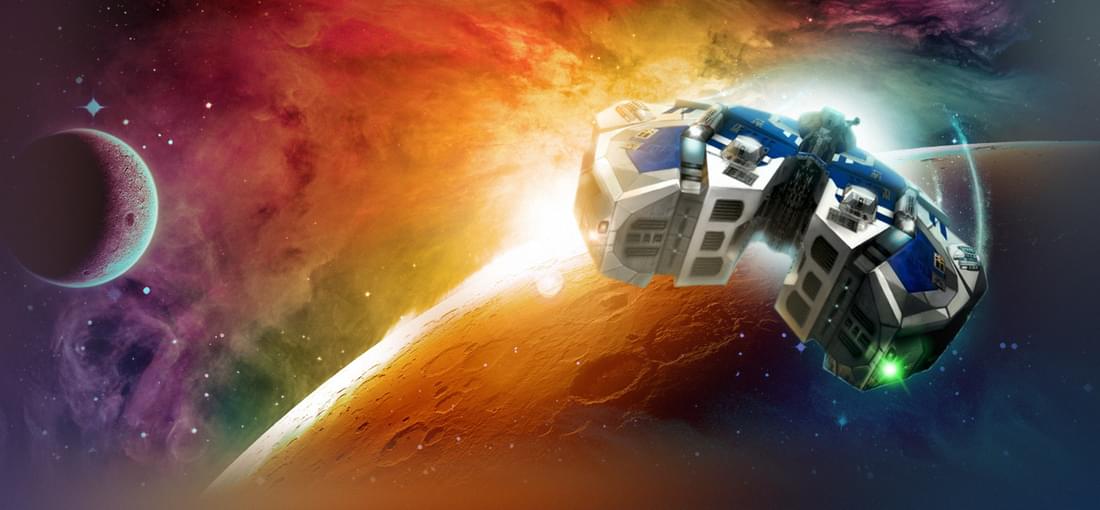
Cataclysm (I refuse to call it Emergence) sits in a curious spot. While not a proper sequel to Homeworld, its gameplay is much closer to the original than the actual Homeworld 2. Fuel for fighters had to go, the game balance isn't quite as mercilessly rock-paper-scissors anymore, but other than that, this is very much the original Homeworld in look and feel. The classic Homeworld mission structure is also still intact. More often than not, you'll find yourself confronted with entirely new mission objectives, and if you're not prepared or fast on your feet, you'll soon be in trouble. That said, Cataclysm isn't as exhausting as Homeworld 1 and 2. Unlike those games, Cataclysm has no difficulty scaling in the campaign, and rather employs a classic difficulty system (five of them in total). What this means is that you can build all the ships you want, and the enemy fleet won't simply triple in size to compensate. Since there is a StarCraft-like unit limit instead of Homeworld's ship class limit, having a more varied fleet is possible in Cataclysm. While the story isn't quite the epic tale Homeworld 1 and 2 were, it provides interesting bits of additional lore that enrich the other games in the series. Fans of the Bentusi in particular will be pleased with what the campaign has to offer. Getting the game to run was surprisingly easy. Forget about nGlide. Start the game, set renderer to OpenGL, resolution to maximum (1600x1200), and enjoy the game. I had slight artifacts in cutscenes, but no crashes or other issues. Overall, considering how often it is on sale for less than $1, Cataclysm is well worth playing for anyone who enjoyed Homeworld 1 or 2.